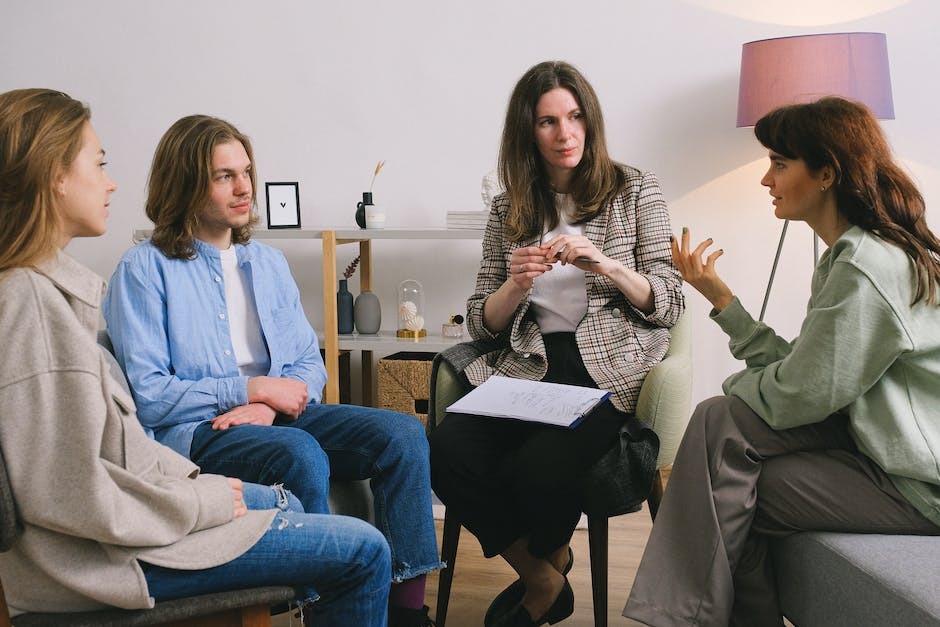
When people look at treatment options, they may have encountered the acronyms PHP, IOP, and OP. These stand for partial hospitalization program (PHP), intensive outpatient program (IOP), and outpatient program (OP). At first, these can be considered to be quite similar. PHP, IOP, and OP all involve someone traveling to a mental health care facility during the day and then going home at night. However, all of them vary differently in intensity and who benefits the most from their treatment.
For the case of addiction, most begin with a residential treatment program. This is where someone lives at a treatment facility so they can focus on their recovery away from the stress. Places like Pathways Wellness Center have an extensive residential treatment program to help clients learn vital life and coping skills. After they complete residential treatment, they often go into aftercare treatment, usually PHP, IOP, and OP.
PHP, IOP, and OP are structured as follows. Someone begins their recovery journey in residential treatment. Many residential treatment programs also feature a supervised detox program. This can help someone wean themselves off the substances they were addicted to safely. Once they finish residential treatment, they go into PHP, followed then by IOP, and then OP. The eventual goal is for someone to finish outpatient therapy while being confident in themselves and their skills.
These programs vary differently in how much time they take to complete, but the average is as follows.
A PHP has clients participating in treatment activities between four to five hours a day and meeting four to five days a week. Sometimes a client may need to meet for more hours a day or participate more times a week. It varies from person to person. Treatments utilized are group therapy, medication management, individual therapy, and skill training. PHPs are highly structured and staffed with several kinds of mental health professionals. This is because someone in PHP may still need to detox, which can be dangerous when done alone.
An IOP has clients participating in treatment activities between two to three hours a day and meeting two to three times a week. Treatments utilized are individual therapy, skill training, and meeting with support groups. Sometimes IOPs will have special treatments to help their clients prepare to enter the workforce. IOPs are still structured, but not as much as PHP.
An OP program has clients participating in treatment activities between one to three hours a day and one to three times a week. Usually, this consists of a single individual therapy session, lasting an hour on average. Other types of treatment can be utilized, such as skill training and specific therapies, such as neurofeedback therapy. Over time, a client will need to meet less and less until they feel as though they are ready to leave treatment.
As mentioned, PHP, IOP, and OP differ in intensity because they are designed to meet specific needs. This structure is vital in helping those who struggle with addiction integrate back into their lives.
A PHP is best for those who need a high level of care due to the severity of their mental health conditions. Clients in PHP have completed residential treatment but still have a high chance of relapse. They also may have difficulties managing their cravings due to severe episodes of addiction or have experienced an overdose. Sometimes clients in PHP may need to continue to detox and help manage their withdrawal symptoms. Once a client completes their detox fully and gains a better understanding of their capabilities, they can move on to IOP.
An IOP is the next step, and clients within can now begin to think about their lives outside of treatment. It is best for those who don't require round-the-clock monitoring and only struggle with moderate to mild substance abuse issues.
All addictions and substance abuse disorders (SUDs) are dangerous, but there are differences between substances. A person who developed an addiction to “hard drugs,” such as heroin and methamphetamines, is better suited to the supervision of a PHP and residential treatment program. This is because the withdrawal symptoms of these substances can be dangerous to a person's health. For substances such as marijuana and tobacco, someone is much better at utilizing an IOP program.
An OP is best for those who have a grasp on their coping skills and are not likely to relapse. When someone enters an OP after completing a PHP or IOP, it's to help them build confidence in the outside world. Think of it like a safety net. Someone can participate fully socially at home and work but have structure to fall back on as needed. An OP also helps someone navigate any new challenges they may face, such as how to deal with a new stressor or finding a support network. Clients in an OP are working to stay in recovery.
The end goal of any treatment program is recovery. Helping clients ease back into society with care gives them the best chance at success.
If you are interested in any type of treatment – residential, PHP, IOP, or OP – call your local mental health care facility. Places like Pathways Wellness Center are more than happy to answer questions about their treatment programs.
For those struggling with addiction, know that there is hope. Anyone can achieve recovery with the right amount of support, treatment, and hard work.
PHP, IOP, and OP are all types of treatment programs that can help someone with their mental health disorder or illness. These are especially useful for those who struggle with addiction, as they can help someone safely taper off from treatment to start their life again. Here at Pathways Wellness Center in Azusa and Glendora, California, we help those struggling with addiction take their lives back again through compassionate treatment and support. Clients can expect a safe and productive environment where they can focus on their treatment, free from stress and triggers. If you or someone you love is struggling with addiction, don't wait. Call us today at (888) 771-0966.


